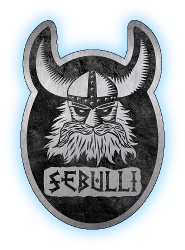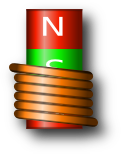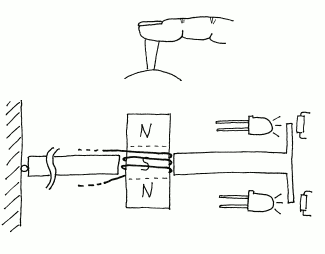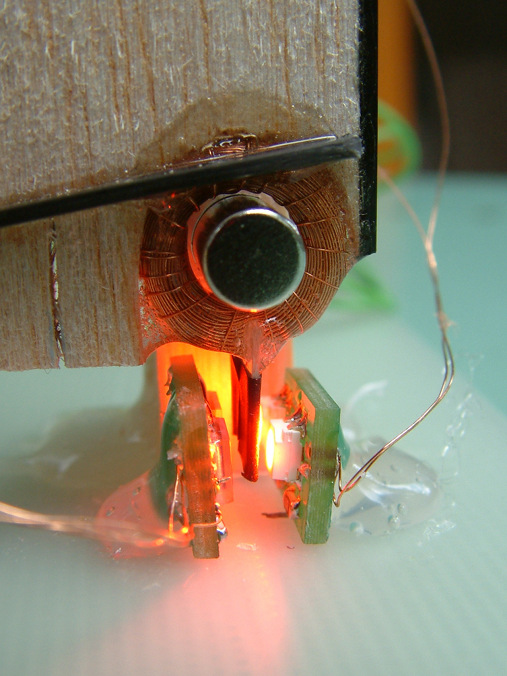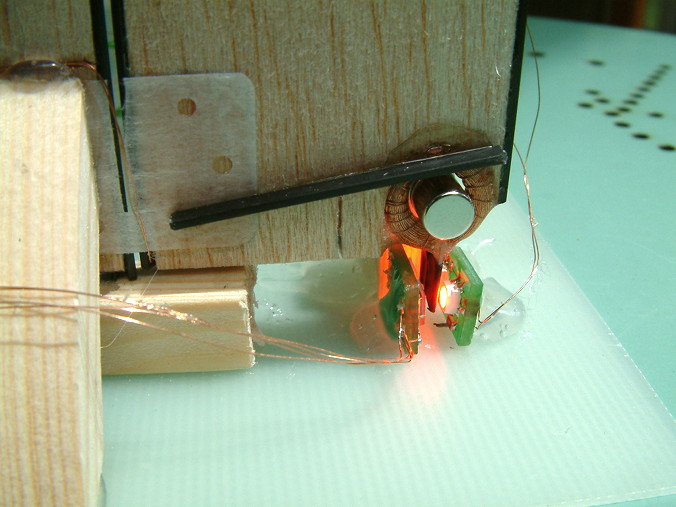/*
*
* High Speed Actuator - Free Invoicing Software
* Copyright (C) 2012 Gerd Bartelt
*
* This program is free software: you can redistribute it and/or modify
* it under the terms of the GNU General Public License as published by
* the Free Software Foundation, either version 3 of the License, or
* (at your option) any later version.
*
* This program is distributed in the hope that it will be useful,
* but WITHOUT ANY WARRANTY; without even the implied warranty of
* MERCHANTABILITY or FITNESS FOR A PARTICULAR PURPOSE. See the
* GNU General Public License for more details.
*
* You should have received a copy of the GNU General Public License
* along with this program. If not, see <http://www.gnu.org/licenses/>.
*
*/
#include "controller.h"
#include "adc.h"
#include "pwm.h"
int32_t meas;
int ad_channel_map[4][2];
int32_t rdiff;
int32_t meas_old[4]={0,0,0,0};
int32_t reg = 0;
int32_t setpoint[4]={0,0,0,0};
int32_t KP = 120; //120
int32_t KI = 0;
int32_t KD = 300; //-300
#define CONTR_LIMIT 1000
/**
* Initialize the controller and configure the analog channels
*/
void controller_init(void) {
// Create a table with the index of all analog channels
ad_channel_map[0][0]=3;
ad_channel_map[0][1]=4;
ad_channel_map[1][0]=2;
ad_channel_map[1][1]=5;
ad_channel_map[2][0]=1;
ad_channel_map[2][1]=6;
ad_channel_map[3][0]=0;
ad_channel_map[3][1]=7;
}
/**
* Setter for the controllers setpoint
*
* @param
* channel Channel no from 0 to 3
* setp Setpoint from -1000 to +1000
*
*/
void controller_setSetpoint(int channel, int setp) {
setpoint[channel] = setp;
}
/**
* Controller task
* Call this every 100µs
*
* @param
* channel Channel no from 0 to 3
*
*/
void controller_task(int channel){
// Get the sensor value.
meas = adc_getResult(ad_channel_map[channel][0]) - adc_getResult(ad_channel_map[channel][1]);
// Calculate the difference between setpoint and sensor value
rdiff = setpoint[channel] - meas;
// The PD regulator with a scaling factor
reg = rdiff *KP + (meas_old[channel]-meas) * KD;
reg /= 32;
// Store the old value for the D-value
meas_old[channel] = meas;
// Limit the value
if (reg > +CONTR_LIMIT) reg = +CONTR_LIMIT;
if (reg < -CONTR_LIMIT) reg = -CONTR_LIMIT;
// Set the PWM output
pwm_set(channel,reg);
}
